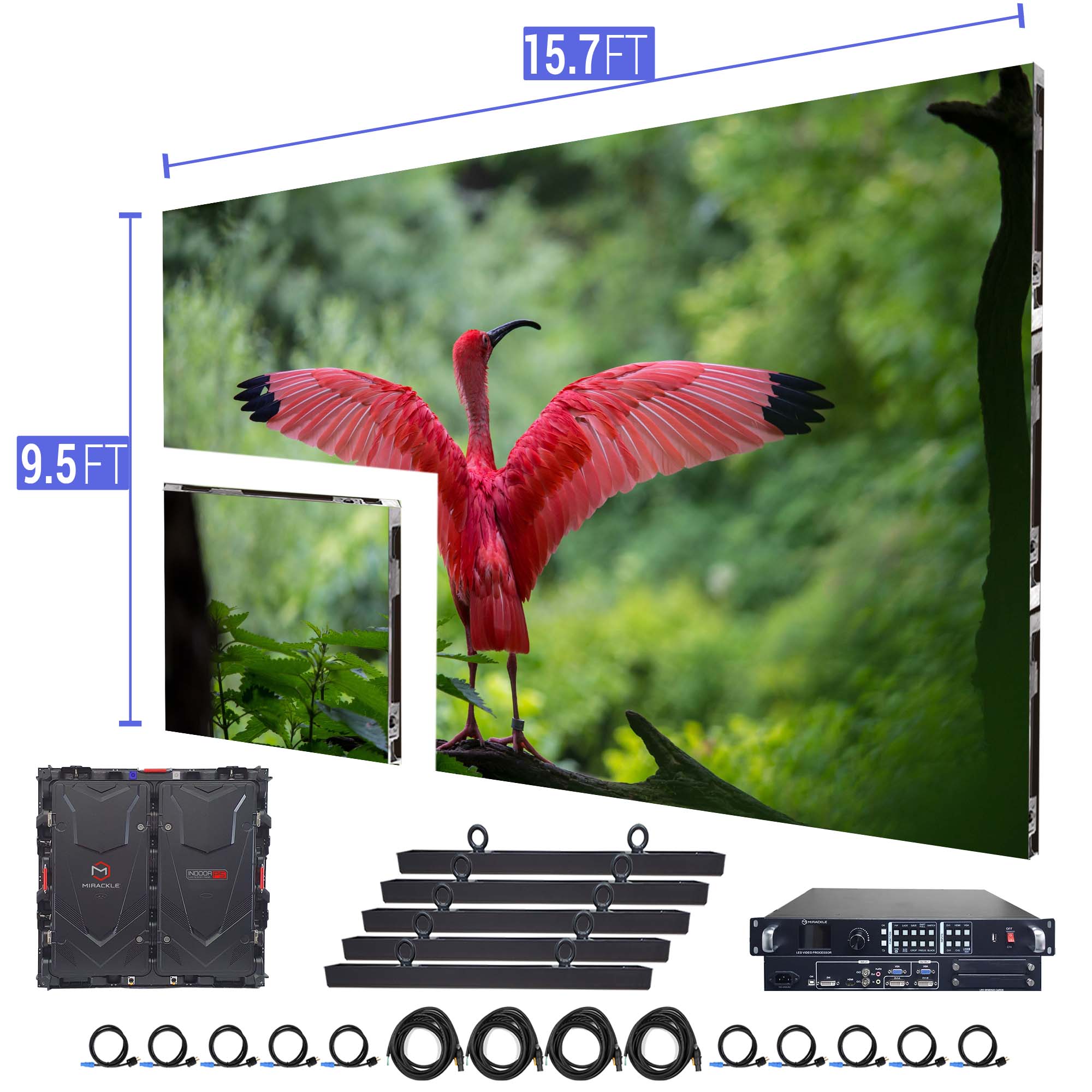Examining the Wide-ranging Integration Options Offered for LED Wall Modules
Examining the Wide-ranging Integration Options Offered for LED Wall Modules
Blog Article
Light Emitting Diode wall panels have gained popularity for their capacity to deliver high-quality visuals in various settings, from professional environments to event venues. One of the primary aspects of these systems is their interface capabilities, which allow users to connect them to multiple devices and systems. Comprehending the diverse connectivity options available for LED wall panels is vital for maximizing their use and effectiveness. This discussion details these features, showcasing how they can adapt to various needs and preferences.
One common connection method for LED wall panels is High-Definition Multimedia Interface. HDMI is broadly known for transmitting high-quality video and audio streams between devices. This connection type is especially useful in business environments, such as conference rooms or training rooms, where visual content or video content are often shared. By using HDMI cables, operators can seamlessly link laptops, projectors, and streaming devices to Light Emitting Diode wall panels, ensuring a clear and dynamic display of media.
Another commonly used connectivity option is DisplayPort, which is comparable to High-Definition Multimedia Interface but offers additional advantages. Display Port can support elevated refresh rates and resolutions, making it an excellent choice for interactive media or design-heavy applications. For those using LED wall panels in settings where performance is essential, such as competitive gaming venues or design studios, Display Port can provide the necessary visual clarity. Moreover, many contemporary computers and graphics cards feature Display Port connections, making it a practical option for tech-savvy users.
In contrast to High-Definition Multimedia Interface and DisplayPort, wireless transmission methods are becoming increasingly common in LED wall panel technology. Wireless interfaces allow operators to share content without the requirement for physical cables, promoting a cleaner and more adaptable you could check here configuration. Platforms such as wireless internet and Bluetooth allow users to link smartphones, tablets, and laptops directly to LED wall panels without cumbersome wires. This convenience is particularly advantageous in fast-paced settings like exhibitions or events, where rapid adjustments to displays are often needed.
For larger deployments or more intricate configurations, LAN integration through Ethernet is another viable option. Ethernet connections provide a stable and robust way to integrate multiple Light Emitting Diode wall panels within a network. This setup is ideal for digital signage applications found in shopping malls or airports, where numerous panels may need to display synchronized content across a broad area. By using network cabling and routing decorative indoor lights hardware, operators can ensure that all connected panels receive consistent updates and information seamlessly.
Lastly, it's important to consider the evolution of connectivity with advancements such as USB-C and Thunderbolt 3. These newer connection types offer increased data transfer speeds and versatility by allowing one connector to handle both energy transfer and data exchange. As more systems adopt these protocols, Light Emitting Diode wall panels equipped with Type-C ports will likely become more common. This evolution in connectivity not only enhances the functionality of LED wall panels but also aligns with the growing trend of minimalism in technology setups by reducing the number of wires required.
In summary, examining the diverse connectivity options accessible for Light Emitting Diode wall panels uncovers many opportunities for operators across multiple industries. From conventional methods like HDMI and Display Port to modern wireless technologies and LAN setups, each pathway serves specific functions suited to distinct needs. Additionally, emerging technologies like Universal Serial Bus-C promise further advancements in how users interact with LED wall panels. By understanding these integration alternatives, end-users can make strategic selections that optimize their overall engagement with these versatile visual solutions.